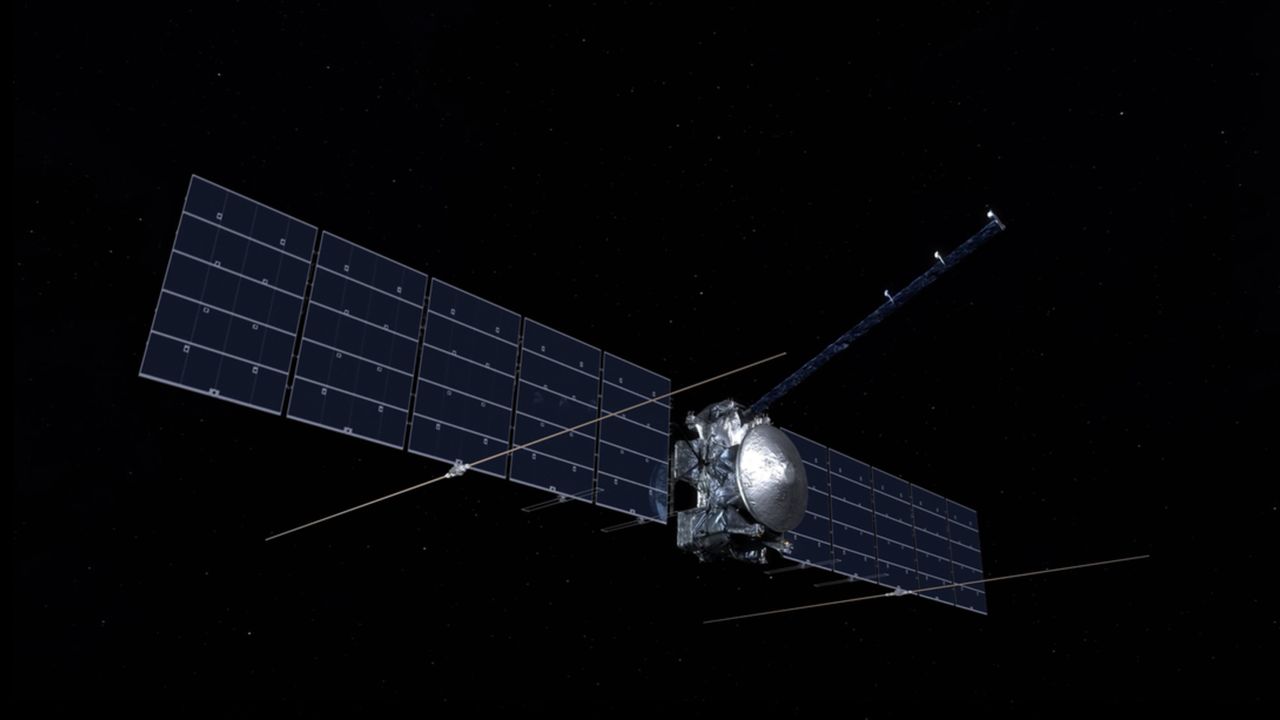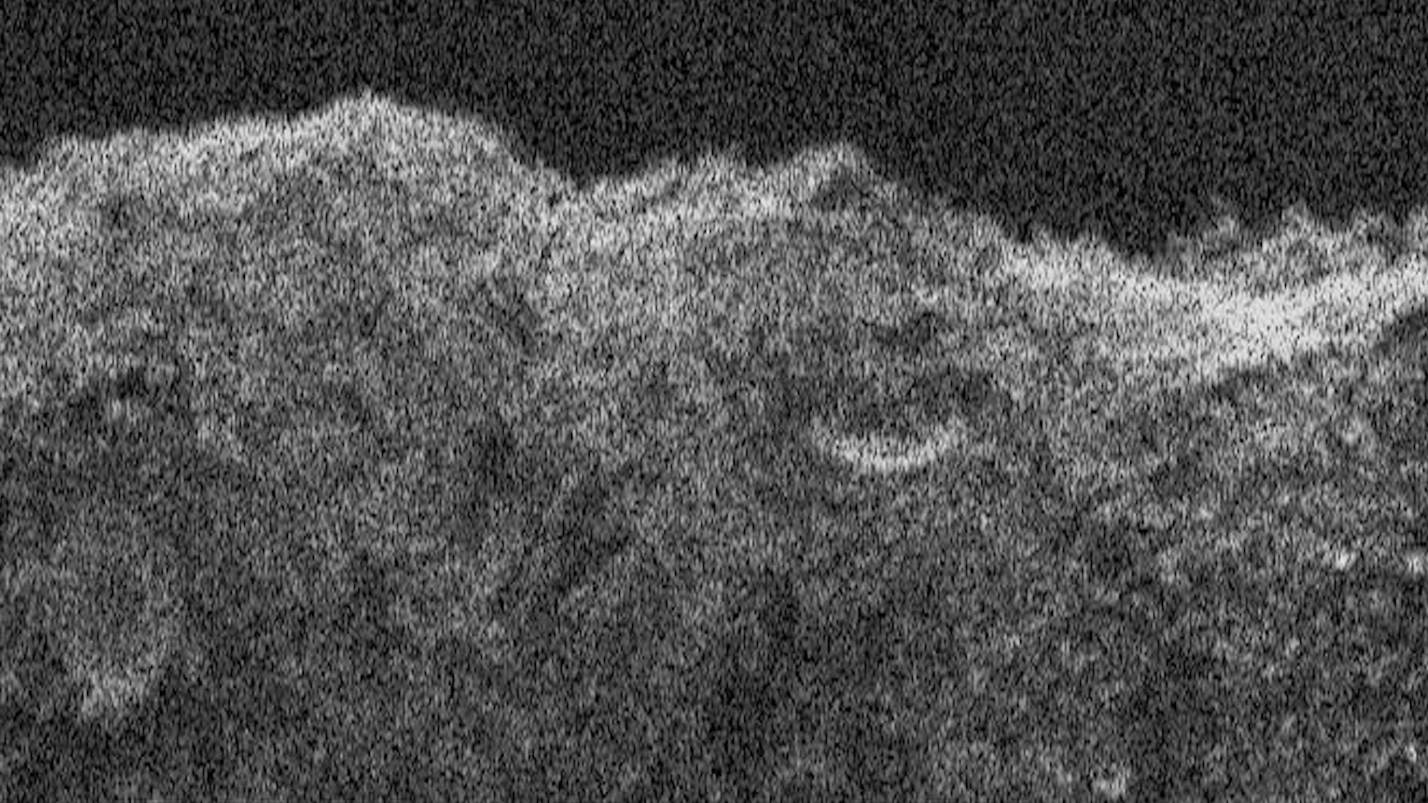
NASA's Europa Clipper spacecraft successfully tested its ice-penetrating radar system during a close flyby of Mars earlier this year, proving that the probe is ready for its main mission: peering beneath the frozen crust of Jupiter's moon Europa to search for signs of subsurface liquid water and possibly even determine if those oceans have the ingredients to form and sustain life.
Launched in October 2024, Europa Clipper is on a 1.8-billion-mile (2.9-billion-kilometer) journey to study Jupiter and its moons. On March 1, it flew within 550 miles (884 kilometers) of Mars' surface in a planned gravity assist maneuver to fine-tune its trajectory.
The flyby also provided a valuable opportunity to test Clipper's two onboard scientific instruments in deep space conditions, including its radar system, known as REASON (short for Radar for Europa Assessment and Sounding: Ocean to Near-surface). The instrument successfully sent and received signals that bounced off the volcanic plains of Mars "without a hitch," according to a NASA statement. The 40-minute radar test produced approximately 60 gigabytes of data, confirming that the system is performing as intended and ready for its primary mission at Jupiter's icy moon Europa, the statement read.

"We got everything out of the flyby that we dreamed," Don Blankenship, a research professor at the University of Texas at Austin who serves as the principal investigator for the REASON instrument, said in the statement. "The goal was to determine the radar's readiness for the Europa mission, and it worked. Every part of the instrument proved itself to do exactly what we intended."
REASON is designed to take a look inside Europa primarily by transmitting radio waves that reflect off structures within the underlying ice, according to NASA.
The radar uses two pairs of slender antennas mounted on Europa Clipper's massive solar arrays to transmit and receive signals. The antennas span roughly 58 feet (17.6 meters), while the solar arrays to which they are attached are the size of a basketball court, designed to capture as much sunlight as possible in Europa's dim environment, where sunlight is only about 1/25th as strong as it is on Earth.
While engineers at NASA's Jet Propulsion Laboratory (JPL) conducted extensive prototype testing outdoors using towers on a hilltop above the lab, the final flight hardware had to be kept sterile and tested indoors — limiting full-scale trials. A proper echo test of the fully integrated system would have required a chamber at least 250 feet (76 meters) long, nearly the length of a football field, the statement read.
That made the Mars flyby the first opportunity to test the radar system in its complete, operational form in space.
"All of us who had worked so hard to make this test happen — and the scientists seeing the data for the first time — were ecstatic, saying, 'Oh, look at this! Oh, look at that!' Trina Ray, the deputy science manager for Europa Clipper at JPL, said in the statement.
The spacecraft is currently about 280 million miles (450 million kilometers) from Earth and is set to receive another gravity assist — this time as it whips around Earth — in December 2026. It is expected to arrive in the Jupiter system in 2030, where it will begin a 40-flyby mission of Europa.







